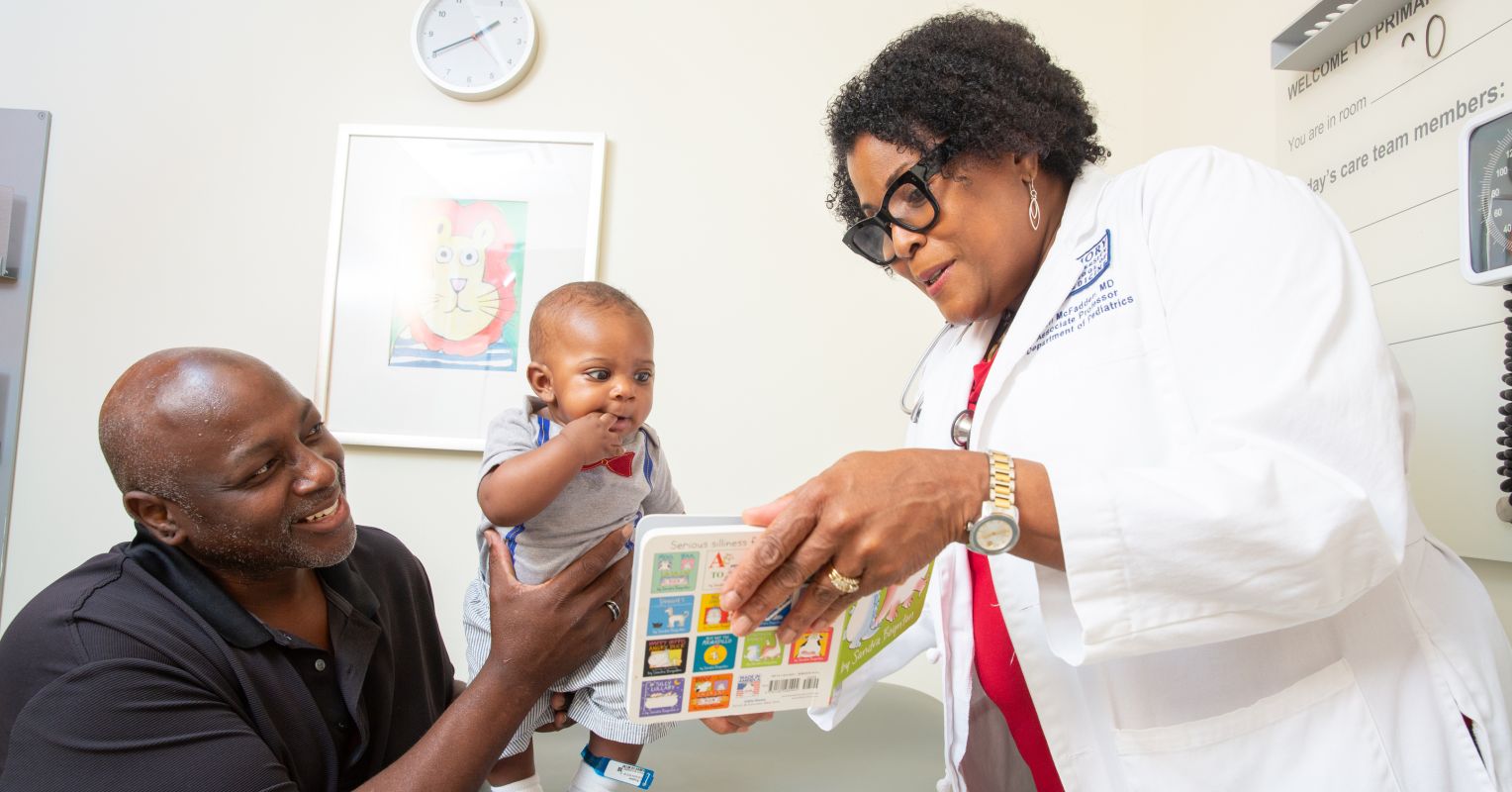
"Reading aloud from birth is one of the most powerful predictors of literacy and school success. More than a warm bedtime ritual, it's a daily act that wires a child's brain for language, strengthens bonds with caregivers, and sparks a love of learning. Yet, headlines warn of trouble. A recent study reveals that only 41 percent of children between birth and age 4 are read to frequently, a dramatic drop from 64 percent in 2012."
"Many Gen Z parents (many of whom are now in their 20s) say reading to kids feels like a chore, not a joy. In fact, only 40 percent call it fun. This is the first generation of parents to have grown up fully immersed in smartphones, social media, and streaming, and many now find themselves competing with these same digital distractions in their own homes."
Reading aloud from birth strongly predicts literacy and school success by wiring language networks, strengthening caregiver bonds, and fostering a love of learning. Frequent reading among children birth to age four has declined from 64 percent in 2012 to 41 percent, and only 40 percent of young parents describe reading to children as fun. Many parents grew up with smartphones and now face digital distractions that compete with shared reading. Busy caregivers often use screens to entertain children while managing tasks, increasing screen time and reducing storytelling and bedtime books. Physical books produce stronger brain connections for language and cognitive control than screens. Pediatricians, libraries, schools, and community groups can play vital roles in restoring regular reading habits.
Read at Psychology Today
Unable to calculate read time
Collection
[
|
...
]